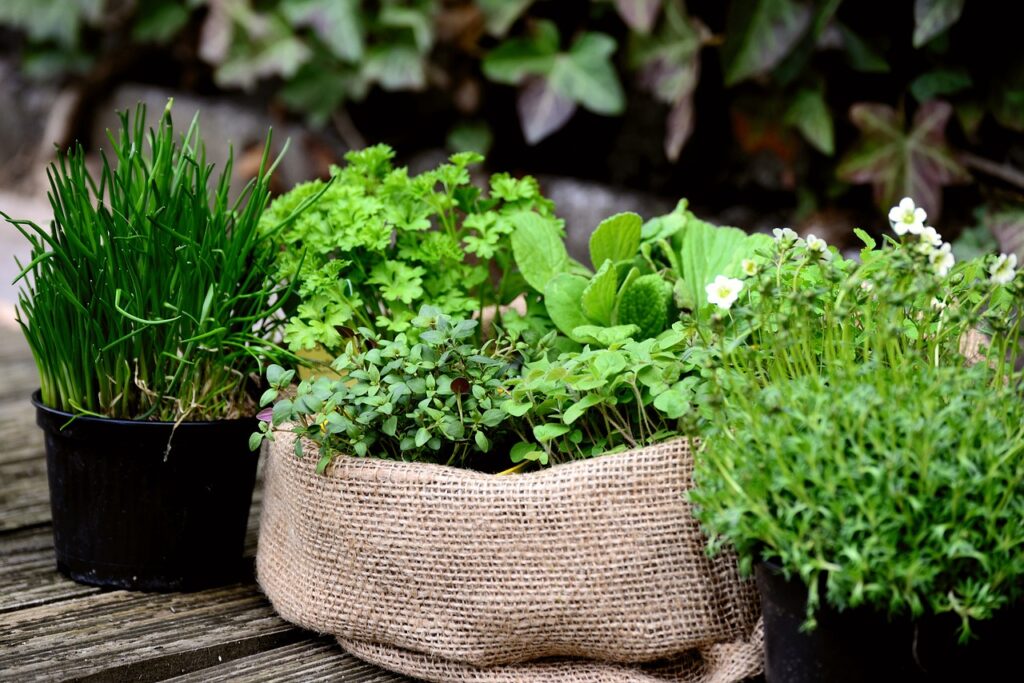Master the essential skills of potting indoor plants with this comprehensive guide. Whether you’re repotting a struggling plant or settling a new addition into its forever home, proper potting techniques are crucial for plant health and growth. Learn professional methods that ensure your plants thrive in their new containers.
Essential Potting Materials
Gather these crucial supplies for successful potting:
Soil Components:
- Quality potting mix
- Perlite for drainage
- Orchid bark
- Activated charcoal
- Worm castings
Basic Tools:
- Various pot sizes
- Drainage trays
- Watering can
- Pruning shears
- Root rake
Understanding Pot Selection
Choose the perfect container for your plant:
Size Considerations:
- Current root ball size
- Expected growth rate
- Plant mature size
- Root system type
- Stability needs
Material Options:
- Terracotta for moisture control
- Plastic for lightweight needs
- Ceramic for decoration
- Concrete for stability
- Metal for modern look

Soil Mix Guidelines
Create optimal growing conditions:
Basic Indoor Mix:
- 60% potting soil
- 20% perlite
- 10% orchid bark
- 5% charcoal
- 5% worm castings
Specialized Mixes:
- Succulent blend
- Tropical mix
- Orchid medium
- Aroid substrate
- Cactus soil
Proper Potting Technique
Follow these steps for successful potting:
Preparation:
- Clean all tools
- Prepare workspace
- Gather materials
- Pre-moisten soil
- Check drainage holes
Potting Process:
- Add drainage layer
- Position plant correctly
- Fill soil carefully
- Settle soil gently
- Water thoroughly
Root Care During Potting
Maintain healthy roots while potting:
Root Preparation:
- Gentle untangling
- Dead root removal
- Health assessment
- Rot prevention
- Growth direction
Post-Potting Care:
- Moisture monitoring
- Recovery period
- Light adjustment
- Humidity control
- Growth observation
Common Potting Mistakes
Avoid these frequent errors:
Sizing Issues:
- Oversized pots
- Undersized containers
- Incorrect depth
- Poor proportion
- Limited growth space
Technical Errors:
- Insufficient drainage
- Soil compaction
- Root damage
- Improper depth
- Unstable positioning
Seasonal Potting Tips
Time your potting projects appropriately:
Spring/Summer:
- Active growth period
- Faster establishment
- Higher success rate
- Increased monitoring
- Regular fertilization
Fall/Winter:
- Limited repotting
- Essential transfers only
- Careful watering
- Recovery focus
- Growth pause
Special Plant Requirements
Adapt techniques for different plants:
Succulents and Cacti:
- Fast-draining soil
- Shallow containers
- Minimal handling
- Dry establishment
- Root protection
Tropical Plants:
- Rich organic matter
- Humidity consideration
- Root space
- Moisture retention
- Growth allowance
Post-Potting Care
Ensure successful establishment:
First Week:
- Light adjustment
- Humidity control
- Minimal disturbance
- Careful watering
- Daily monitoring
Long-term Care:
- Growth observation
- Root development
- Fertilization schedule
- Maintenance routine
- Health assessment
Professional Tips and Tricks
Expert advice for better results:
Preparation Hacks:
- Pre-mix soil batches
- Tool organization
- Workspace setup
- Material storage
- Clean-up systems
Time-Saving Methods:
- Assembly line potting
- Batch preparation
- Efficient cleanup
- Storage solutions
- Tool maintenance
Troubleshooting Guide
Address common issues effectively:
Plant Stress Signs:
- Leaf yellowing
- Wilting
- Root exposure
- Slow growth
- Soil issues
Recovery Steps:
- Environment adjustment
- Water management
- Light correction
- Soil amendments
- Growth support
Storage and Organization
Maintain your potting supplies:
Supply Storage:
- Soil bin systems
- Tool organization
- Pot storage
- Material protection
- Workspace planning
Inventory Management:
- Supply tracking
- Replacement schedule
- Quality control
- Storage rotation
- Usage monitoring
Remember that successful potting requires attention to detail and proper preparation. Take time to understand your plant’s specific needs, use quality materials, and follow proper techniques. With practice and patience, you’ll develop the confidence to handle any potting project that comes your way.




